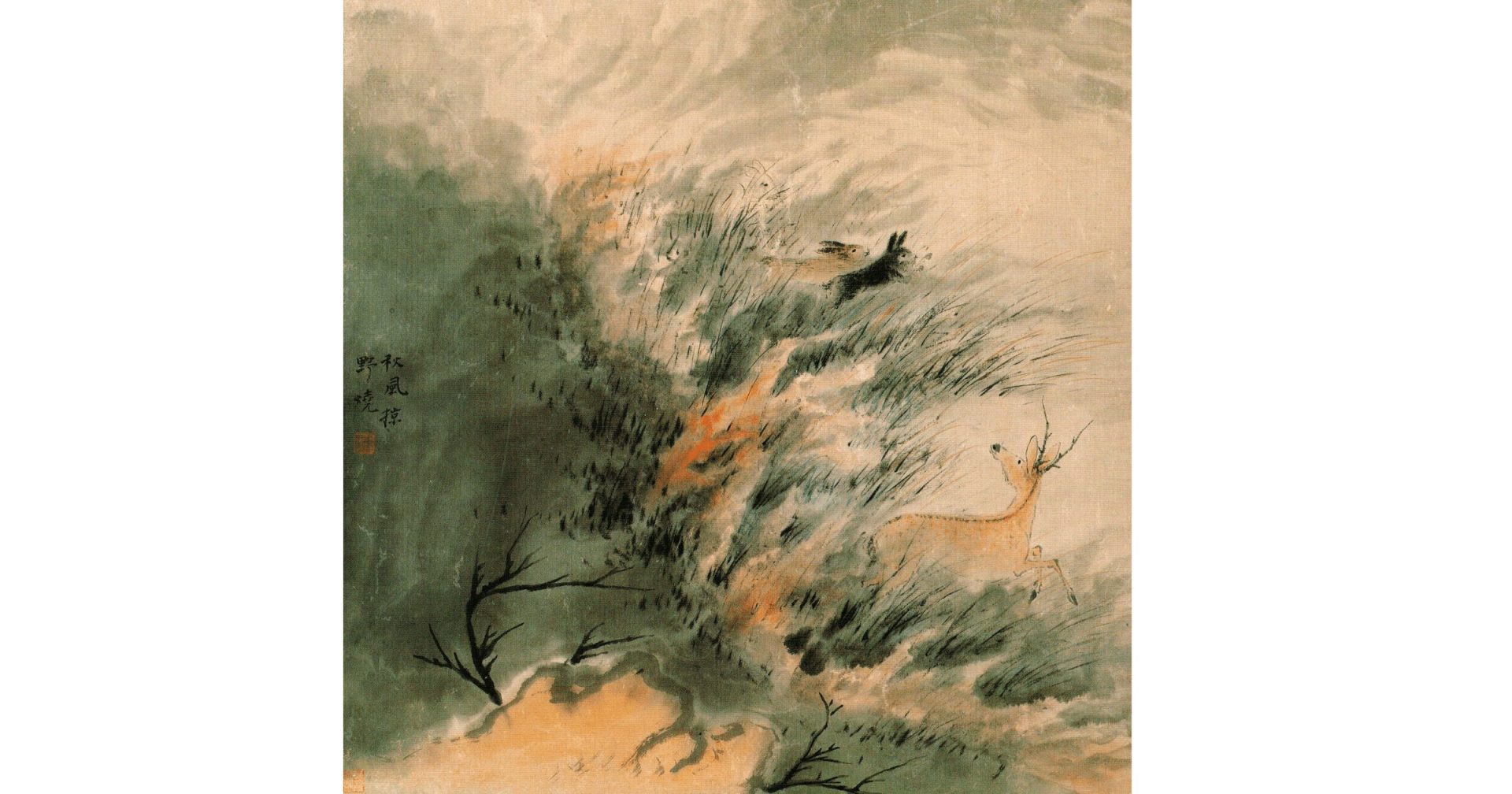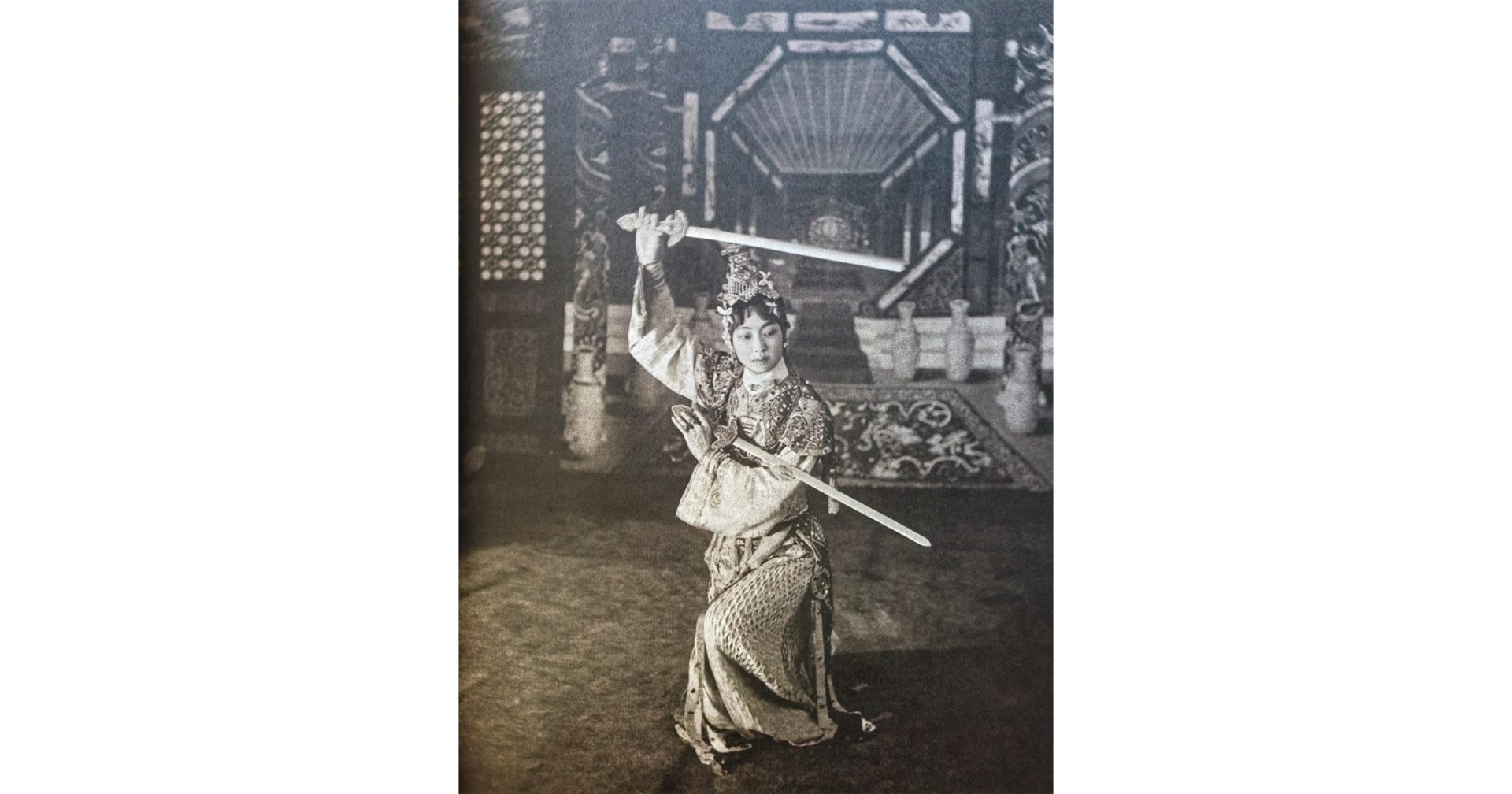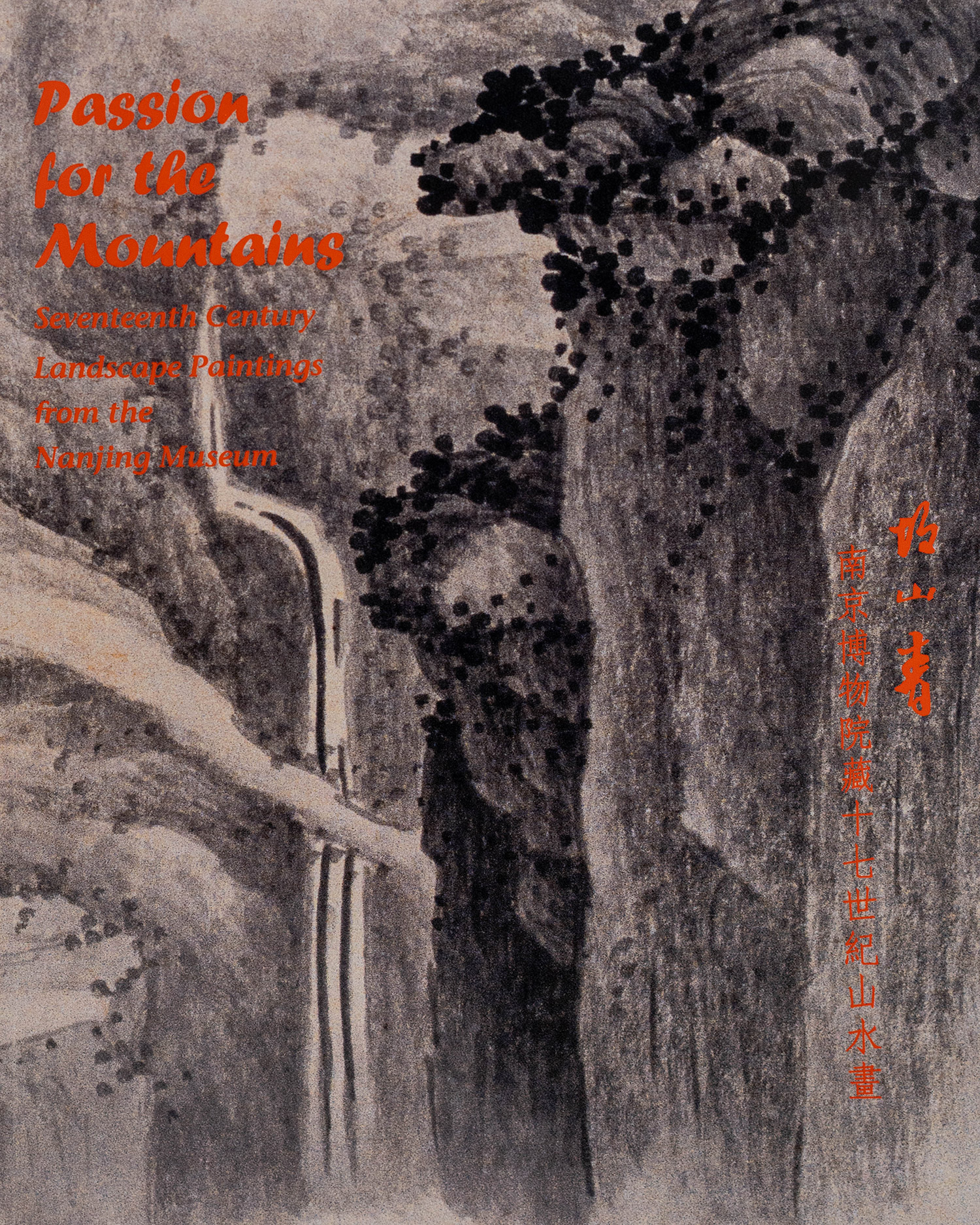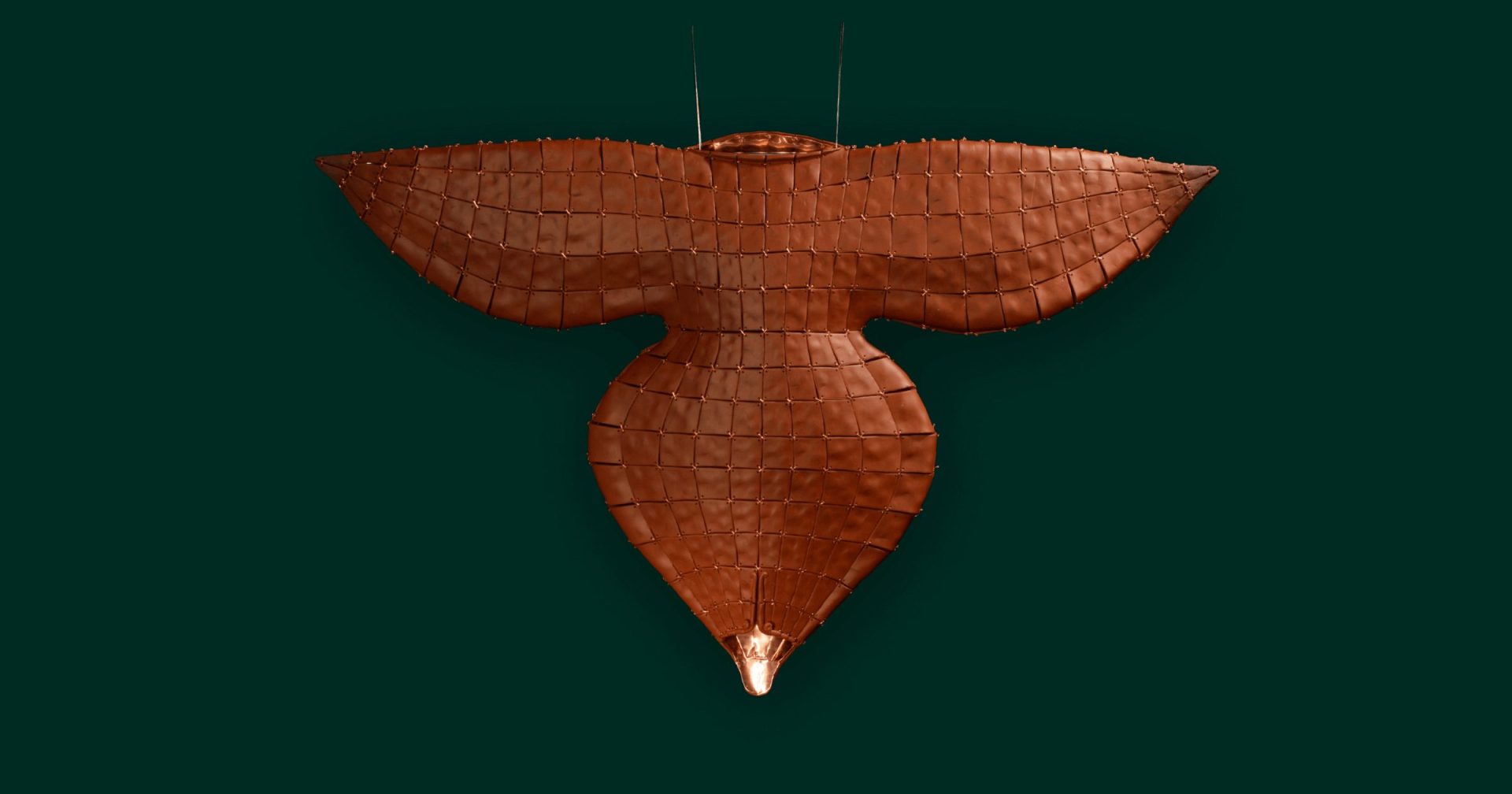In the seventeenth century, the city of Nanjing, known in ancient times as Jinling 金陵, played an important role in what is considered the last great fluorescence of landscape painting in Chinese art. Jinling’s physical environment, as well as its complex social and cultural traditions, attracted and influenced many leading artists who visited or lived in the city. As a cultural center at that time, Jinling nurtured painting masters including the Eight Masters of Nanjing, whose work reflected contemporary customs and literati bearing. This exhibition explored the political context of the day and the artists’ passionate responses to their physical environment and social milieu. Considered the culmination of literati landscape painting, the Jinling style influenced generations of artists.

Passion for the Mountains: 17th Century Landscape Paintings from the Nanjing Museum
故山青:南京博物院藏17世纪山水画
Exhibition Catalogue
Authors: Willow Weilan Hai Chang, with an essay by Dr. Chu-tsing Li
In the seventeenth century, the city of Nanjing, known in ancient times as Jinling, played an important role in what is seen as the last great florescence of landscape paintings in Chinese art. This catalog explores the influence of the region’s physical environment, as well as its social and cultural traditions, in attracting and shaping the paintings of many of the leading artists such as the famed Eight Masters of Nanjing. The bilingual catalog includes works not published before in Western sources with the transcription and translation of many of the poems and colophons that accompany the images.
Exhibition catalog, 2003. Paperback, 180 pages: ill.
ISBN: 0-9729352-4-X
Media Coverage
- Mentioned by The New York Times in some listings.
- Holland Cotter, “Art Review: The World According to Some Glorious Chinese Misfits,” The New York Times, September 19, 2003.
“A smoldering Romanticism seems to emanate from “A Thousand Cliffs and Myriad Valleys,” painted by Gong Xian, one of the great Nanjing artists. Even with only a section displayed, it is the high point of the show, organized by Willow Weilan Hai Chang, director of China Institute Gallery. Like other art of the period, it feels at once utopian and nihilistic, projecting an ideal of natural harmony that is always in the process of vanishing, so it must be reconstituted again and again in art.”
“China Institute doesn’t have such resources to draw on and is, anyway, conceived on an altogether more intimate scale. But after years of visiting, I can report that it consistently produces some of the best Asian shows in town, with first-rate material, handsome installations and catalogs by some of the more glamorous specialists in the field. For a walk-in experience of just how big small can be, look no further.”
- J. May Lee Barrett, “Exhibition Preview: ‘Passion for the Mountains: 17th Century Landscape Masterpieces from the Nanjing Museum’ China Institute Gallery, New York,” Orientations, September 2003.
Media Coverage
- Asian Art
- China Press 侨报
- Oriental Art
Related Programs
- Curator’s Lecture: Willow Weilan Hai, “Passion for the Mountains: Seventeenth Century Nanjing and Landscape Painting” (September 25, 2003).
- Lecture: “Today’s Artist from Nanjing” (November 18, 2003).
- Symposium: “From Ming to Qing: A Cultural Landscape in Transition” (December 6, 2003). Speakers included: Lynn Struve, Maxwell K. Hearn, Kim Besio, Sören Edgren, Wai-Yee Li, and Johnna Waley-Cohen. This symposium explored the dynastic transitions and political resistance that led to a flourishing of the arts when the Ming dynasty fell to the Manchus, and Nanjing, the Southern Ming capital, remained a vibrant cultural center.
- Short Course: James Cahill, “Chinese Painting for Connoisseurs: Painting from the Seventeenth Century” (December 2, 2003).
Related Events



